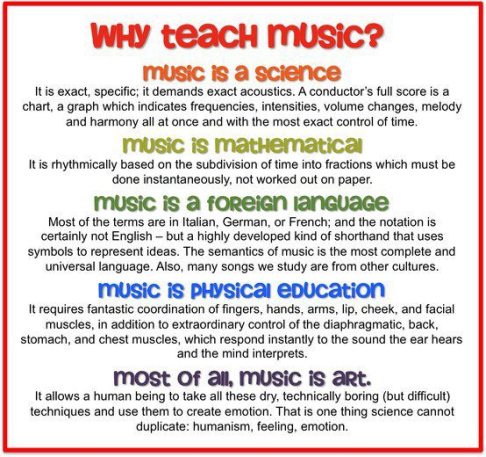Microphone Technique: Part 1
August 25, 2012 1 Comment

Eminem, showing how not to hold a microphone
For the purposes of this article, the discussion will focus on live microphone technique, rather than studio performance, which I will write about in a later article.
Most singers start out learning their craft singing without amplification, e.g. in choirs, at a piano etcetera; some may discover their talent via karaoke nights at local bars. There will come a point when you begin using microphones more and more and it’s good to know your equipment.
MICROPHONE BASICS
One thing that is common among beginners, and sometimes with singers who have performed for years, is not holding the microphone properly or failing to utilise it in a way to get the best sonic results from the equipment.
Holding the mic round the shell may look cool but impedes sound quality and can create unpleasant feedback. And don’t blow, tap on or drop the microphone, and please please please do not swing it from the cable as this loosens the connecting parts in the end of the microphone (and can also damage the cable). Take note, rappers and cool kids!
Singing too close to the microphone creates ‘proximity effect’; a muffled sound which means your voice can get lost in the overall mix by producing lots of bass end. Experienced singers can use this to their advantage, in effect adjusting the tone of their voices while singing by varying the distance and angle of the microphone. If your voice is tired and you’re using an SM58 or similar, singing slightly to the side or above, rather than directly in front will cut out extra lower frequencies, making your voice sound a bit brighter.

Beyonce, showing how to properly hold a microphone
TYPES OF MICROPHONES
Microphones pick up signals from different areas around the shell (and some in other regions), but it’s safe to say the best position to sing from is directly in front of the microphone shell.
Dynamic
If you’ve used a microphone as a beginner, or at karaoke, it’s probably a dynamic one. Designed with a mesh ball cover at one end, the dynamic microphone is used for nearly all live sound (and in the studio it can be used for recording drums, electric guitars and electric basses). Inexpensive and durable, they don’t need a battery or power supply to work (unless wireless models).
Dynamic microphones do not pick up high frequencies well and so are rarely used for recording studio vocals. However, they have a warm tone sympathetic to most voices in a live setting and are most effective when working with loud sound sources (so ideal if singing on a small stage in front of a loud drummer).
Capacitor/Condenser
Capacitor/condenser microphones are much more sensitive than dynamic microphones, with a wider range of frequencies picked up. Capacitors produce only a small electrical signal (48v) and so require a built-in pre-amp to bring the signal up to a useable level (a factor that makes them more expensive than dynamic microphones).
Most mixing desks have a phantom power supply (which boosts the signal by 48v). Because of their relative fragility compared to dynamics and pick-up range, capacitor microphones are notreally suitable for live performances. Capacitor microphones are also offered in a variety of pickup patterns (see below).
For a more in-depth discussion about microphones, please visit Sound On Sound.
MICROPHONE PATTERNS

Microphone Polar Patterns
The image above shows the various pick-up patterns of microphones. Most dynamic microphones have Cardioid/Hypercardioid (a unidirectional pick-up), which is ideal for live performance.

Shure SM58, an essential basic in every musician’s kit
CHOOSING A BRAND FOR YOUR VOICE
This is all down to personal preference. The two most popular live brands among singers I have worked with are Shure and Sennheiser. I personally prefer Shure microphones for my voice, as Sennheiser tend to make me sound a little hissy and don’t always work well with my natural frequencies (higher spec models aside), but other female singers I know with high vocal ranges and clearer tone prefer Sennheiser microphones.
When you go to purchase a mic, the store will usually have PA equipment set up for you to try out a few. The Shure SM58, a basic all-rounder is a good place to start, in my opinion. I was also pleased with my Beyer microphone, but found it irrepairable after dropping at a gig, so my experience is that they are more delicate than the SM58.
In a later article, I will write about EQ on the mixer and how to utilise it to achieve your best vocal sound. We will also discuss the varying mic techniques employed by lead and backing vocalists.
Copyright © Emma L. M. Sweeney 2010. All Rights Reserved. No portion of this article may be reproduced without the express written permission of the copyright holder, except as follows: You may repost this article on your website or blog, providing the articles and author are not depicted in a negative manner, and you have linked back to this original page.
Image sources:
Beyonce http://musicinterest101.wordpress.com/2009/12/10/possible-beyonce-300-milli-deal-in-vegas/
Eminem http://www.eminem.net/tracks/lose_yourself/
SM58 http://www.sweetwater.com/store/detail/SM58/

 I’ve read some articles online that advise singing in the morning, which I wholly disagree with. The voice takes a little longer to wake up than the rest of you and so should be gently coerced into cooperation for a few hours. Afternoons and evenings are best if you want full range, power, and control of your sound production.
I’ve read some articles online that advise singing in the morning, which I wholly disagree with. The voice takes a little longer to wake up than the rest of you and so should be gently coerced into cooperation for a few hours. Afternoons and evenings are best if you want full range, power, and control of your sound production.